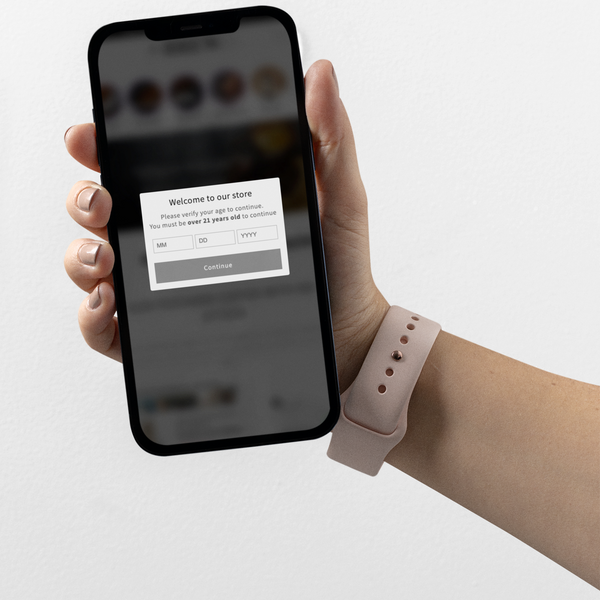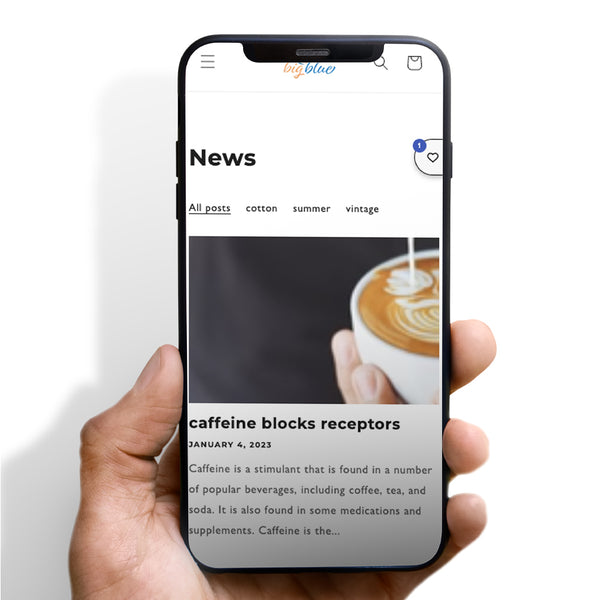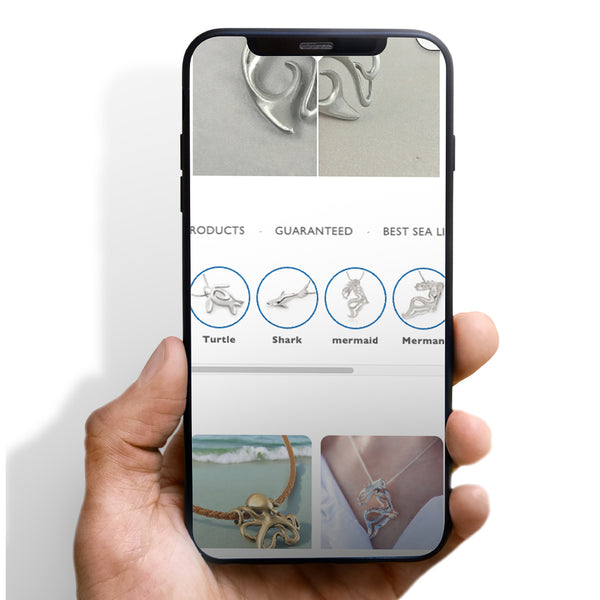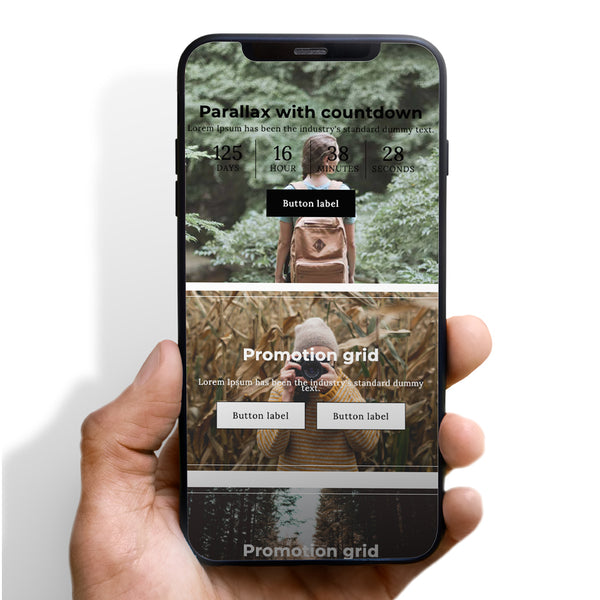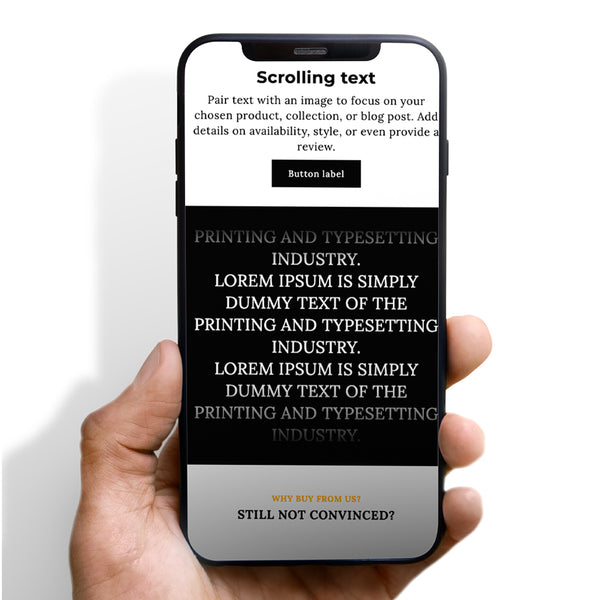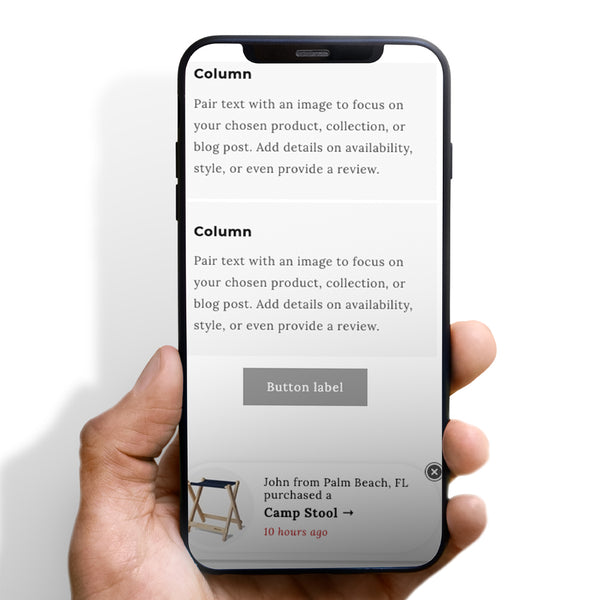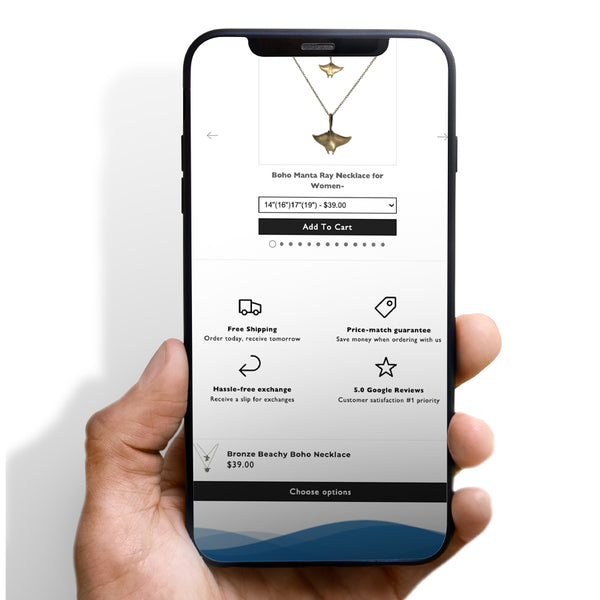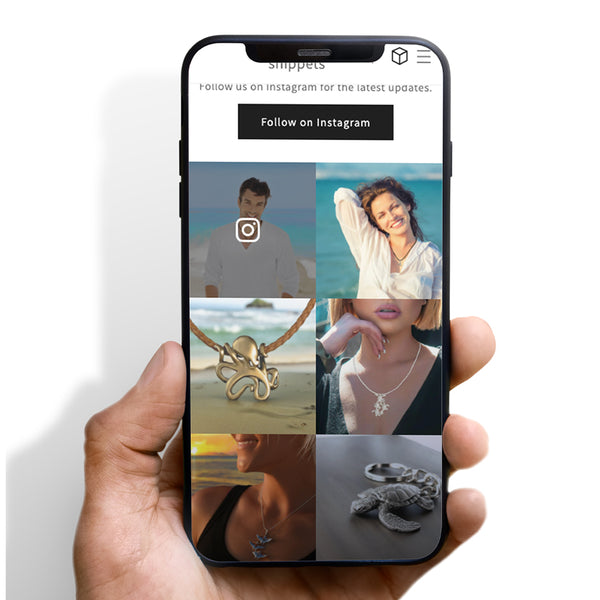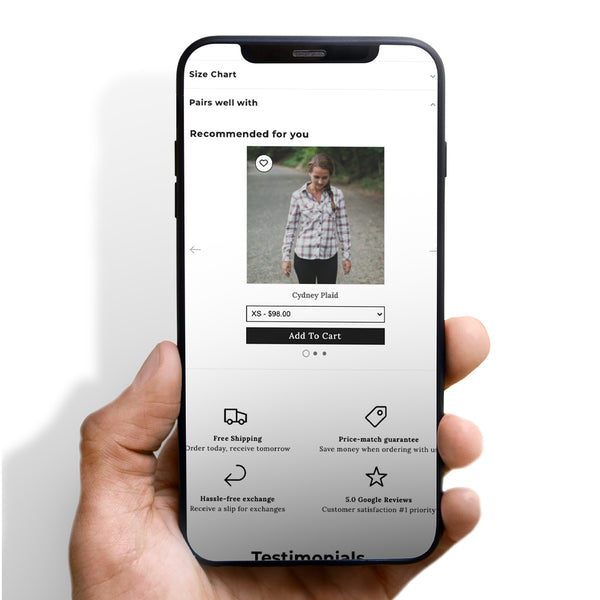As a Shopify store owner, you want to ensure that you're getting the most out of your online store. One way to do this is by split testing. Split testing allows you to test different versions of your website to see which one performs better. In this article, we'll explore what split testing is, why it's important, and how to split test on Shopify.
What is Split Testing?
Split testing, also known as A/B testing, is the process of testing different versions of a website to see which one performs better. By randomly showing visitors different versions of a page, you can determine which version is more effective at achieving your goal, whether that's increasing sales, improving click-through rates, or reducing bounce rates.
Why is Split Testing Important?
Split testing is important because it allows you to make data-driven decisions that can lead to significant improvements in your website's performance. By testing different variations of your website, you can identify what works best for your audience and optimize your website accordingly. This can lead to increased conversions, improved customer engagement, and higher revenue.
Types of Split Tests
There are two main types of split tests: A/B testing and multivariate testing.
A/B Testing
A/B testing involves testing two different versions of a webpage against each other to determine which one performs better. With A/B testing, you create two versions of a webpage (A and B) that are identical except for one element, such as the headline, image, or call-to-action. Half of your visitors will see version A, while the other half will see version B, and you can compare the results to determine which version is more effective.
Multivariate Testing
Multivariate testing involves testing multiple variations of a webpage at the same time to determine which combination of elements performs best. With multivariate testing, you can test different combinations of headlines, images, calls-to-action, and other elements to determine the optimal combination for your audience.
Setting Up Split Testing on Shopify
Setting up split testing on Shopify is easy. Here's how to do it:
Choose What to Test
The first step in setting up split testing on Shopify is to choose what you want to test. This could be anything from the headline on your homepage to the color of your call-to-action button. To choose what to test, identify the key elements on your website that could be impacting your conversion rates.
Set a Goal
The next step is to set a goal for your split test. This could be anything from increasing sales to improving engagement. Setting a goal will help you measure the success of your split test and determine which version of your website is more effective.
Create Variations
Once you've chosen what to test and set a goal, it's time to create variations of your webpage. This could involve changing the copy, images, or layout of your webpage. Shopify makes it easy to create variations of your webpage using their built-in A/B testing feature.
Launch the Test
Once you've created your variations, it's time to launch the test. Shopify's built-in A/B testing feature will randomly show visitors different versions of your webpage, and you can track the results to determine which version is more effective.
Analyzing Split Test Results
Once you've launched your split test, it's important to analyze the results to determine which version of your webpage is more effective. Here are some key metrics to analyze:
Conversion Rates
Conversion rates are the percentage of visitors who take a desired action on your webpage, such as making a purchase or filling out a form. Analyzing your conversion rates will help you determine which version of your webpage is more effective at driving conversions.
Bounce Rates
Bounce rates are the percentage of visitors who leave your webpage without taking any action. Analyzing your bounce rates will help you determine which version of your webpage is more effective at keeping visitors engaged.
Time on Site
Analyzing the amount of time visitors spend on your webpage can give you insight into how engaged they are with your content. If one version of your webpage has a significantly higher average time on site, it may be more effective at keeping visitors engaged.
Revenue
If your goal is to increase sales, analyzing your revenue is essential. Comparing the revenue generated by each version of your webpage will help you determine which version is more effective at driving sales.
What to Do with the Results
Once you've analyzed your split test results, it's important to take action based on your findings. If one version of your webpage is significantly more effective than the other, you may want to make that version your default webpage. If both versions are equally effective, you may want to continue testing additional variations to see if you can further optimize your webpage.
Tips for Successful Split Testing
Here are some tips for successful split testing:
Set a Clear Goal
Before starting a split test, it's important to set a clear goal for what you want to achieve. This will help you measure the success of your split test and determine which version of your webpage is more effective.
Test One Variable at a Time
To ensure accurate results, it's important to test only one variable at a time. Testing multiple variables simultaneously can make it difficult to determine which variable is impacting your results.
Test a Large Sample Size
To ensure accurate results, it's important to test your variations on a large sample size. The larger your sample size, the more confident you can be in your results.
Be Patient
Split testing can take time, and it's important to be patient and allow your test to run for a sufficient amount of time before drawing conclusions. Rushing to conclusions can lead to inaccurate results.
Common Split Testing Mistakes
Here are some common split testing mistakes to avoid:
Testing Too Many Variables
Testing too many variables simultaneously can make it difficult to determine which variable is impacting your results.
Drawing Conclusions Too Soon
Drawing conclusions too soon can lead to inaccurate results. It's important to be patient and allow your split test to run for a sufficient amount of time before drawing conclusions.
Ignoring Statistical Significance
Statistical significance is important when analyzing split test results. Ignoring statistical significance can lead to inaccurate conclusions.
Split Testing Apps for Shopify
If you're looking for a split testing app for Shopify, here are some options to consider:
Lucky Orange
Lucky Orange is a split testing app that allows you to test different versions of your webpage to see which one performs better.
Optimizely
Optimizely is a split testing app that allows you to test different variations of your webpage to determine which one is more effective.
Google Optimize
Google Optimize is a split testing app that allows you to test







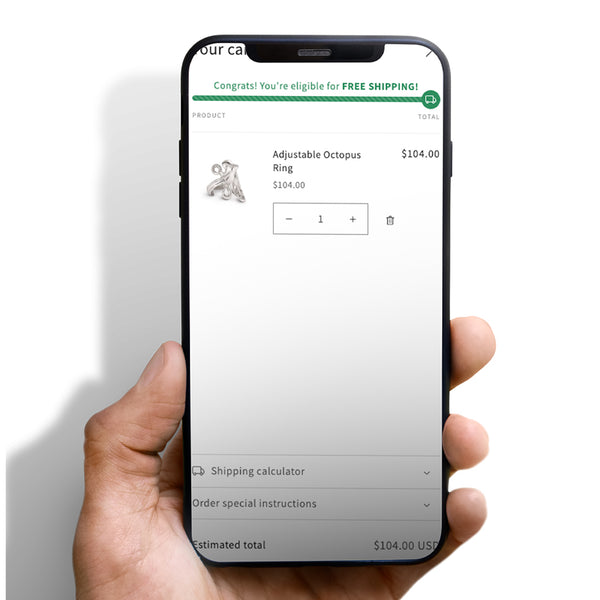
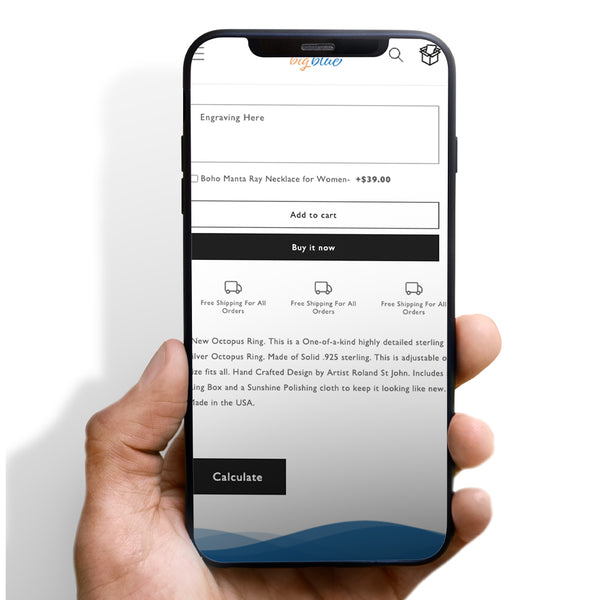

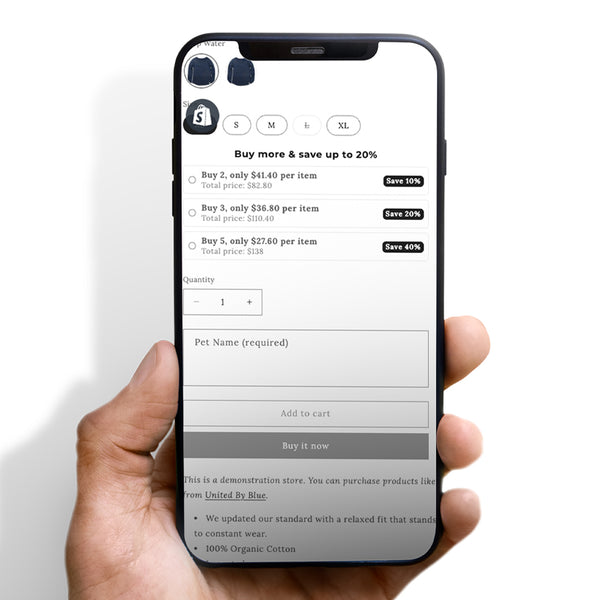
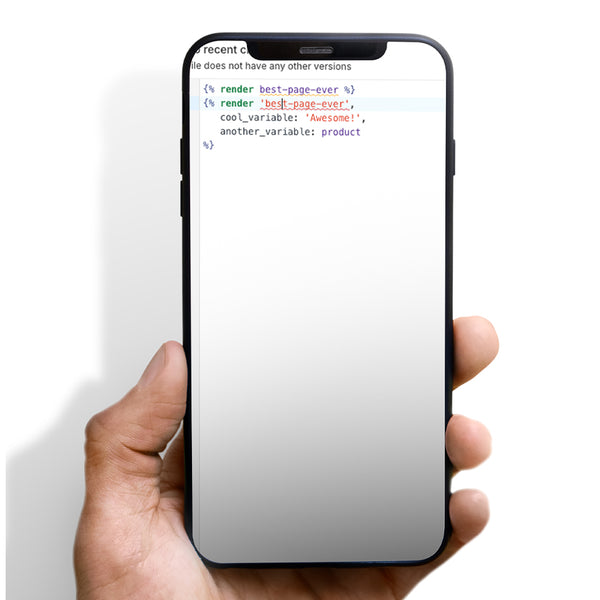


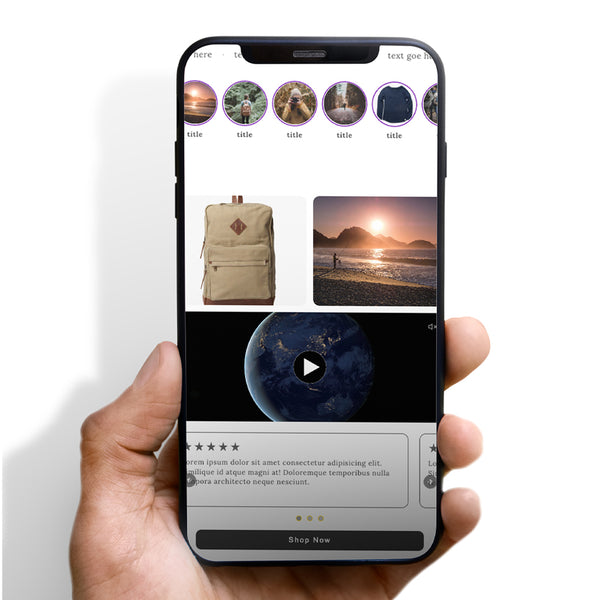



 5/5 from 144 reviews
5/5 from 144 reviews



